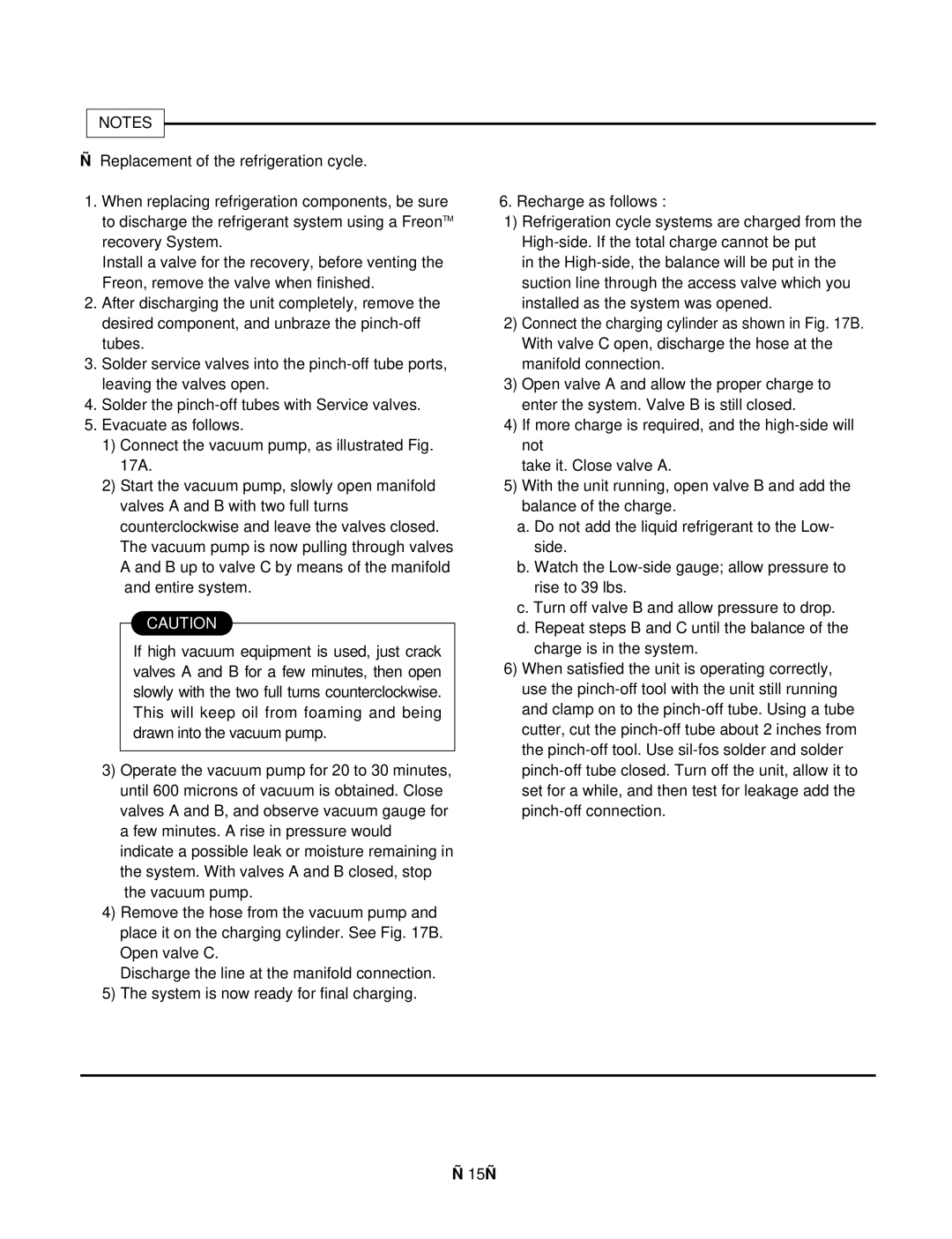US10C10, US10C30, US12C30, US14C30, US08C10 specifications
The Friedrich US12C10, US08C10, US14C30, US12C30, and US10C30 are advanced ductless mini-split air conditioning systems designed to bring comfort and efficiency to both residential and commercial spaces. Renowned for their reliability and innovative technology, these units stand out in the HVAC market due to their robust features and user-friendly operations.Key features of the Friedrich US series include a customizable temperature control system that allows users to maintain ideal comfort levels in various environments. With cooling capacities that range from 8,000 to 14,000 BTUs, these units cater to different room sizes and usage requirements. The variable-speed inverter technology employed in these systems ensures energy-efficient operation, allowing for precise temperature regulation while minimizing energy consumption.
Friedrich's intelligent design also incorporates advanced air filtration systems. These filters capture dust, allergens, and other airborne particles, improving indoor air quality and promoting a healthier living environment. The washable filters are easy to maintain, making them a practical choice for users looking to reduce upkeep costs.
Another standout feature of the US series is the quiet operation mode. The units are engineered for low noise levels, allowing for comfortable use in bedrooms, offices, and other noise-sensitive areas. This quiet performance makes the Friedrich US models an ideal choice for users prioritizing tranquility while enjoying effective cooling.
The units are equipped with a smart control system, enabling users to adjust settings through a remote control or a mobile app, enhancing convenience and accessibility. Some models even offer Wi-Fi capabilities, allowing for remote operation and monitoring. This smart technology not only simplifies usage but also enables users to manage energy consumption effectively.
Moreover, the Friedrich US series is built with durability and longevity in mind. Constructed with high-quality materials, these units are designed to withstand various environmental conditions, ensuring lasting performance.
In summary, the Friedrich US12C10, US08C10, US14C30, US12C30, and US10C30 models are leading choices for ductless cooling solutions, offering a blend of efficiency, comfort, and ease of use, making them a top pick among consumers seeking reliable air conditioning options.

